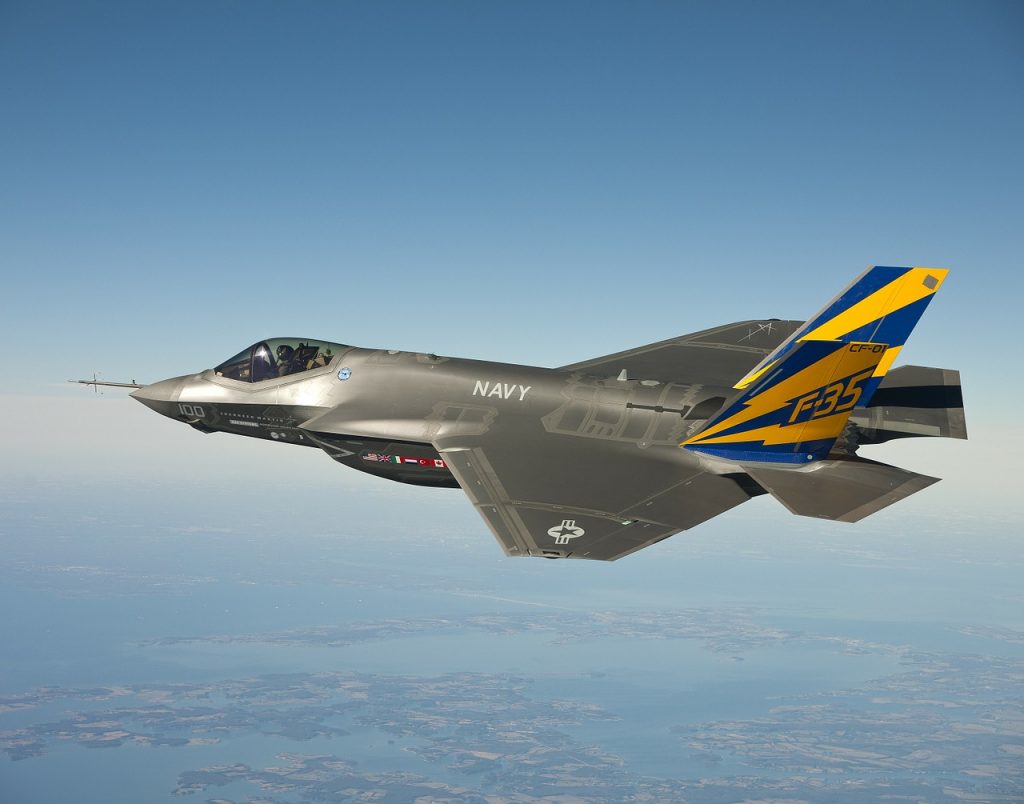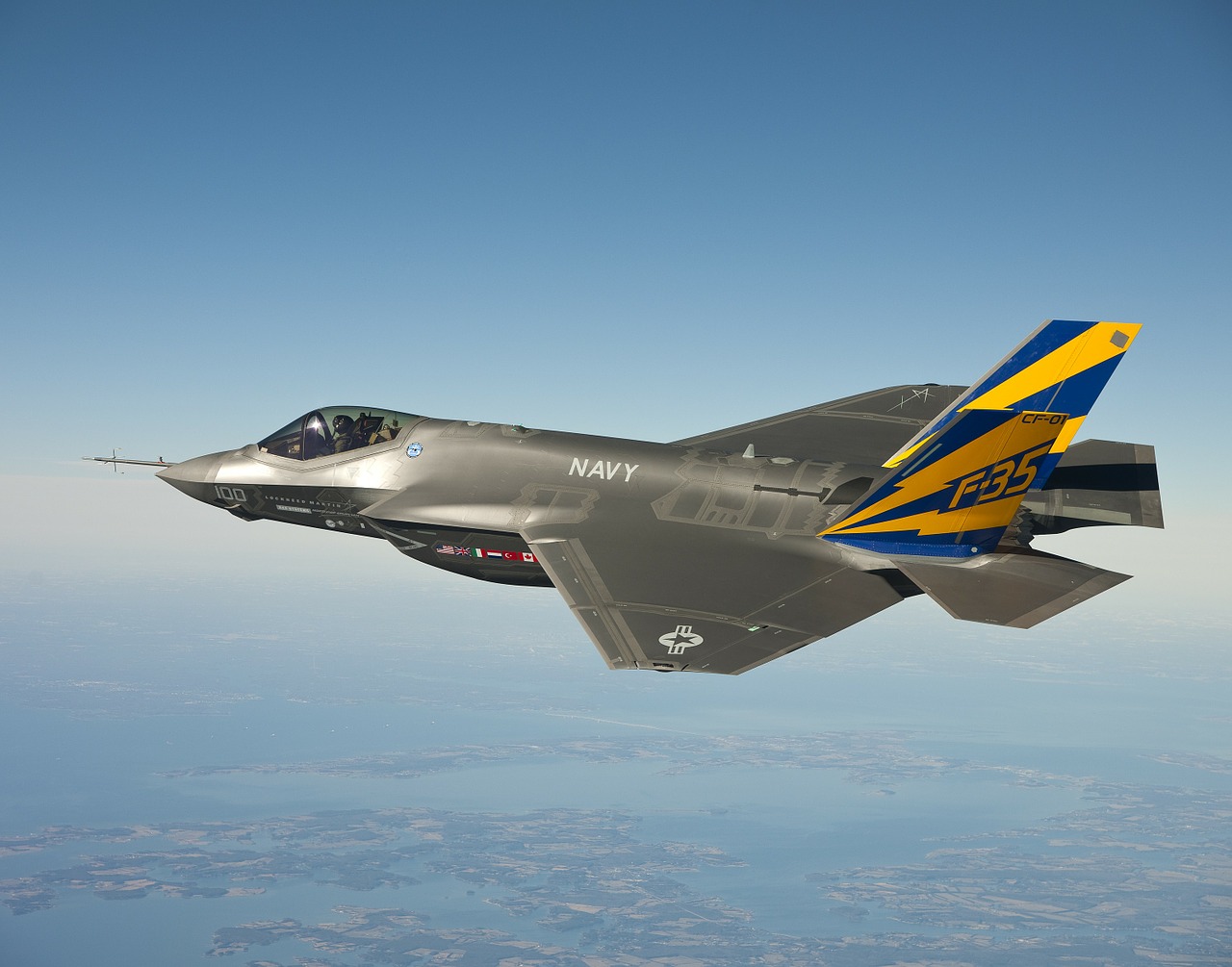
The US Air Force’s Next Generation Air Dominance (NGAD) is a project that will have to avoid the mistakes made in the F-35 Joint Strike Fighter program. This was said on Monday by Air Force Secretary Frank Kendall. He used the word “abuses” referring to the mistakes made with the F-35.
According to Cundle, one of the abuses committed with the F-35 was that the US government had less than expected involvement in the program. He said it was the F-35’s total system performance that was the mistake that was made.
In simpler words – it is about the intellectual property of the aircraft. Today, intellectual property in the production of the F-35 is a “troubleshooting point”. Kendall explained that he has spent years fighting to overcome abuses in F-35 production.
One of the first steps to overcome the “trouble spot” has already been taken. In 2024, NGAD is not included in the budget of the fiscal year, which will allow the continuation of work on engineering and technological activities. This will delay any deliveries, thus keeping suppliers away from the project. I.e. according to Kendall, the longer the suppliers are away from the NGAD project, the better for the project itself.
At this time, NGAD remains a top-secret program. According to military analysts, an invitation was issued last week for the selection of a source who will be the main player in the NGAD program.
Another “f-35 mistake” can also be avoided. According to Kendall, today’s technologies are much more advanced – we are talking about model-based engineering and digital design. This will not only keep the Air Force closer to the project but also significantly reduce the cost the government has spent on the F-35 Joint Strike Fighter program.
Sources indicate that the Pentagon’s intention is to secure a minimum ownership stake of 50% in NGAD, along with associated rights. This leaves the remaining 50% or less open for unrestricted competition among other participants.
Looking ahead, Air Force Secretary Kendall foresees NGAD reaching operational status later in the current decade. The introduction of this sixth-generation aircraft raises questions about the future of older aircraft within the inventories of the Air Force, Navy, and Marine Corps.
Kendall likens this transition to a historical shift from wooden ships to iron vessels, emphasizing the replacement of outdated assets with new ones. While the older aircraft will continue to serve a purpose, their effectiveness against the contemporary and sophisticated weaponry employed by adversaries is severely limited.
In light of China’s formidable no-access/area-denial strategy, the realization of NGAD becomes an imperative, as stated by the Air Force secretary. The need to counter these challenges compels the development and deployment of advanced capabilities.





